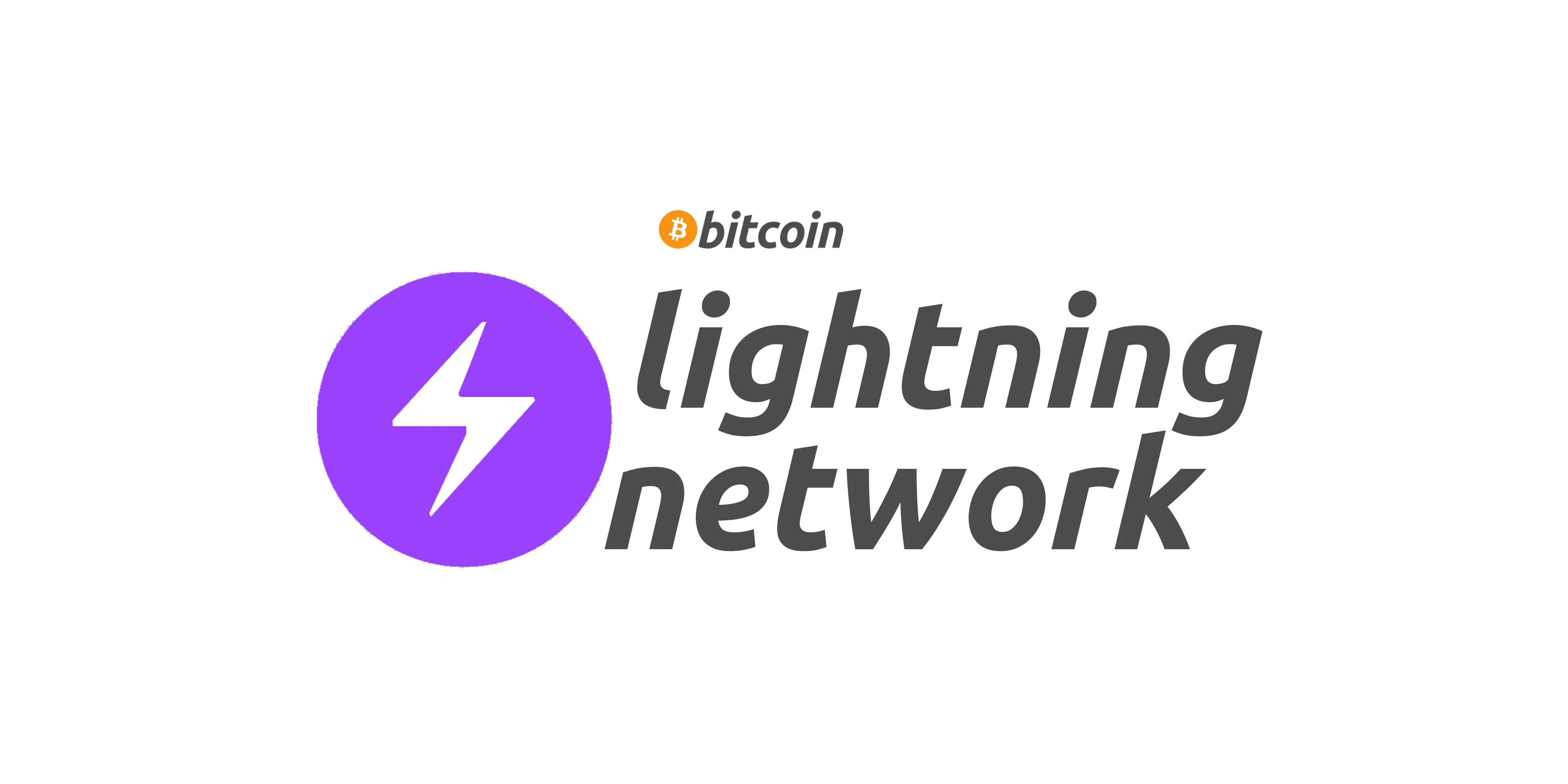On September 17, 2024, Louisiana became the first state in the U.S. to introduce cryptocurrency payments for government services. This allows residents to pay government service fees using Bitcoin and USDC. The first payment was processed on the Lightning Network, an extension of Bitcoin's scalability, showcasing the growing adoption of cryptocurrency payments in the real world. In addition, Starbucks has introduced Bitcoin as a payment method through the Bakkt app, and Visa is testing a payment system utilizing USDC.
The expansion of cryptocurrency payments is driven by several advantages:
Transcending Borders: Payments can be made anywhere in the world, largely unaffected by the legal systems or financial regulations of individual countries.
Elimination of Intermediaries: The removal of middle processes such as banks, payment agencies, and systems like SWIFT reduces both transaction costs and time.
Risk Minimization in Crisis Situations: Even in situations where financial institutions experience major failures or a country's financial system is disrupted due to war or other issues, assets can be safely protected.
Given these features, cryptocurrency payments are seen as particularly advantageous in countries where currency value is deteriorating or monetary sovereignty is weak. In fact, El Salvador has officially designated cryptocurrency as both legal tender and a formal means of payment.
Although cryptocurrency payments are gradually expanding, several significant issues still exist that hinder the widespread adoption of cryptocurrency payments:
Price Volatility: One of the biggest problems with cryptocurrencies is their extreme price volatility. Native tokens like Bitcoin and Ethereum can experience sharp value fluctuations, posing significant risks for everyday transactions. While stablecoins are increasingly used for payments, the volatility issue still prevents explosive growth in this area.
Scalability Issues: Leading blockchain networks like Bitcoin and Ethereum, which dominate the industry, were not initially designed with payment processing in mind. As a result, they lack the scalability needed to handle the current demand for payments. Especially during times of network congestion, transaction fees can become prohibitively high, making small payments burdensome.
Lack of User-Friendliness: Cryptocurrency payment systems are technically complex. From setting up crypto wallets to managing private keys—where the loss of a key can result in irretrievable assets—there are many aspects that are unfamiliar and challenging for general users.
Concerns of Criminal Exploitation: Due to the inherent nature of blockchain technology, criminals can easily use it for money laundering or illegal transactions. This is considered one of the main barriers to creating a universal payment ecosystem.
Regulatory and Legal Uncertainty: In many countries, concerns about money laundering, illegal transactions, and other criminal activities have led to regulatory measures against the use of cryptocurrencies. These are political issues rather than technical ones, making the situation highly uncertain.
In addition, other obstacles, such as the need for significant social perception changes, which will take time and effort to overcome, continue to stand in the way of cryptocurrency payment adoption.
Despite the challenges, if the issues surrounding cryptocurrency payments are gradually resolved, the potential for its real-world applications is vast. Cryptocurrency payments could become a key link between the current financial system and the emerging blockchain-based financial system, offering a straightforward path toward mass adoption.
Let’s explore the solutions needed to address the problems of cryptocurrency payments and the efforts being made in this direction.
2.1.1 Mediation Between Cryptocurrency and Fiat Currency
The significant volatility of cryptocurrencies is one of the main reasons both sellers and buyers hesitate to engage in cryptocurrency payments. To fundamentally resolve this, payments should be made using stablecoins—cryptocurrencies with fixed value. If payments are made using volatile cryptocurrencies, their inherent volatility cannot be completely avoided. However, if a custodial service that guarantees the value linkage between cryptocurrency and fiat currency is incorporated into the payment process, merchants can receive payments in fiat currency, while buyers can use the cryptocurrency of their choice for transactions.

Source: Paypal X
For example, PayPal's cryptocurrency payment service, "Checkout with Crypto," allows users to pay with cryptocurrencies at millions of online stores. This service is integrated with the PayPal wallet, which enables users to easily and securely buy, sell, and hold cryptocurrencies. As a result, users can experience intuitive payments without going through complex procedures. Notably, there are no additional transaction fees during the payment process, and the selected cryptocurrency is instantly converted into fiat currency at the time of payment, addressing the issue of volatility for both buyers and sellers. Given PayPal's significant market share in e-commerce, the introduction of cryptocurrency payments has made a considerable impact on the payments industry, and its future developments are worth watching.
Fast processing speeds and low fees are essential for widespread adoption of payments. Using existing blockchain networks like Bitcoin or Ethereum, which are not specialized for payments, presents clear limitations in addressing scalability issues. Therefore, additional payment network modules must be utilized to make cryptocurrency payments more efficient.

Source: Reddit
One notable example is the Lightning Network. While Bitcoin's reliability and value transfer efficiency have been proven, its slow processing speed and high fees make it less suited for direct payment use. The Lightning Network was designed to address these issues by offering a payment module system that enables instant payments without wait times, supports micropayments, and facilitates transactions between multiple users. This makes it an ideal solution for small-scale transactions, whether in physical stores or online services, enhancing Bitcoin's utility through its scalability. The Lightning Network is gaining attention as a key module to maximize the usability of Bitcoin in payment systems.
To reduce the complexity of cryptocurrency payments, technical improvements are necessary. The processes of wallet setup, payment, and transaction confirmation should be more intuitive and simplified, so users don’t have to go through complicated procedures.

Source: Solana Pay X
In this context, Solana Pay is advancing its service to reduce the complexity of payments. Solana Pay allows businesses and developers to easily integrate cryptocurrency payments, while ensuring users can access and use these services quickly and efficiently. This is made possible because Solana Pay has established a standard protocol for integrating cryptocurrency payments into applications and services, providing clear examples and guidelines for implementation.
One key feature is the variety of integration options it offers, such as payment links, buttons, and QR codes, allowing for seamless and mobile-friendly cryptocurrency payments across both websites and mobile environments. Currently, wallets like Phantom and Solflare support Solana Pay, and platforms such as Shopify are exploring the integration of Solana Pay into their e-commerce systems, making cryptocurrency payments more accessible to a broader audience.
Existing payment infrastructures and systems are already used by billions of people worldwide. While cryptocurrency payments were developed to address the limitations of these traditional systems, it's clear that transitioning users to cryptocurrency payments and changing perceptions will take time. Therefore, integrating cryptocurrency payments with major payment processors can help improve user experience without starting from scratch, utilizing already established infrastructure. This could enable more retailers and online platforms to adopt cryptocurrency payments.

Source: Coin ATM Radar
One early example of integration with existing payment systems is the Bitcoin ATM. Bitcoin ATMs allow users to exchange Bitcoin for cash or convert cash into Bitcoin, providing a significant advantage. These machines operate similarly to traditional ATMs but are connected to cryptocurrency wallets instead of bank accounts. While anyone with a crypto wallet can use these ATMs, some machines require KYC (Know Your Customer) verification for security purposes. Bitcoin ATMs are deployed globally, with the highest concentration in the U.S., and they are also increasingly available in countries with weaker monetary sovereignty, such as those in Africa and South America.
As efforts continue to resolve the various issues in the cryptocurrency payment ecosystem and provide users with quality services, it is evident that public awareness and interest in cryptocurrency payments remain low. So, what needs to be addressed to further promote the adoption of cryptocurrency payments?
Simplifying Cross-Blockchain Asset Transfers: While using payment modules to address scalability issues in cryptocurrency payments is becoming more common, for widespread adoption, transferring cryptocurrencies between different blockchain networks (including payment module networks) must become more streamlined. Currently, moving cryptocurrencies between networks requires using bridges, which can reduce user convenience and incur additional fees. To resolve this, agreements with the issuers of cryptocurrencies used for payments should be made to issue a set amount of those cryptocurrencies directly within each blockchain network. This would allow users to conduct transactions without relying on bridges or paying extra fees, as long as liquidity within each network is maintained.
Expanding Education on Cryptocurrency Payments: Small businesses and consumers adopting cryptocurrency payments need proper education on how to use them. Developing a perfect payment system is not enough; clear and concise guidelines must be provided to those who will use the system. This will accelerate the adoption of the system and minimize negative consequences, such as mistakes or improper use. Education is essential for ensuring the healthy operation of cryptocurrency payment systems.
Clarifying and Standardizing Regulations: Clear laws and regulations regarding cryptocurrencies must be established in each country and region. Once legal frameworks are in place, businesses and individuals can use cryptocurrency payments freely within the regulatory boundaries, leading to the emergence of better services and ideas. Although such regulations will not materialize immediately due to the nature of national processes, without efforts to create them, businesses and individuals will hesitate to use cryptocurrency payments, causing the momentum for mass adoption to fade.
Developing Crime Prevention Technologies: It is essential to implement both technological and institutional measures to reduce the potential misuse of cryptocurrencies in criminal activities. Systems that prevent illegal transactions using blockchain records are needed. Additionally, strengthening KYC (Know Your Customer) and AML (Anti-Money Laundering) procedures will make cryptocurrency payments more secure. While it would be ideal for governments to establish these guidelines, if service providers take the lead in offering security measures, users will be more likely to adopt cryptocurrency payments, and governments will have valuable insights when formulating regulations.
Although there are still many challenges to overcome and areas for development, if cryptocurrency payments expand and their usability increases, the blockchain industry could attract more capital, resulting in a positive impact. By addressing these issues and continuing to refine the system, more efficient payment services can be offered, laying the foundation for a better and more developed ecosystem.
"A purely peer-to-peer version of electronic cash would allow online payments to be sent directly from one party to another without going through a financial institution."
Satoshi Nakamoto, Bitcoin: A Peer-to-Peer Electronic Cash System
In Satoshi Nakamoto’s Bitcoin whitepaper published on October 31, 2008, Nakamoto referred to Bitcoin as an electronic cash system. The first blockchain in human history was created to serve as electronic money. Indeed, the essence of blockchain was originally to replace traditional currency. Although Ethereum expanded the role of blockchain significantly, no current blockchain lacks the fundamental feature of asset transfer, emphasizing that blockchain was always ready for payments.
However, this electronic money feature has largely remained within the Web3 blockchain industry, with real-world applications only beginning to emerge. As the issues mentioned earlier are gradually addressed and user awareness evolves, cryptocurrencies will be increasingly adopted, leading to broader use cases. The time when the exchange value of cryptocurrencies is fully recognized may come sooner than expected. A recent meaningful sign of this shift is Stripe’s $1.1 billion acquisition of the cryptocurrency payment platform Bridge, which previously serviced cryptocurrency payments.
From bartering to gold and to the fiat currencies of today, humanity's currency and payment systems have continually evolved. As we stand at the cusp of yet another shift in the monetary and payment landscape, cryptocurrency payments are still somewhat experimental. Yet, through ongoing efforts, cryptocurrency has the potential to transcend the Web3 niche and integrate into the broader Web2 economy. This initial phase of adoption is more than just about payments—it has the potential to become the most intuitive and user-friendly financial system for all of humanity. Ultimately, I believe that the mass adoption of cryptocurrency will come from its role in payments.
Blockchain has laid the foundation for transferring value over a trustless digital network, and as a result, borderless transactions and payments have been highlighted as key use cases since the early days. However, the development and adoption of payment solutions have been hindered by the high volatility of payment methods (e.g., native tokens) and the lack of systems that support stable and fast settlement.
And now, the situation is rapidly changing as networks like Solana, which specialize in stable value storage and fast transaction, continue to advance, and various infrastructure solutions for payments emerge, allowing applications to focus more on delivering intuitive and user-friendly interfaces - Solana, in particular, with its high transaction throughput, low fees, and instant settlement, has risen as a leading blockchain in the payments space. Ecosystem players such as Sphere, Helio, Code, and Dialect provide various modules and SDKs to enable applications to easily integrate features like crypto on/off-ramps, on-chain subscriptions, invoicing, payment links, and AML/fraud prevention, all leveraging Solana's network advantages. End users can conveniently access these integrated features through wallets like Backpack, Solflare, Phantom, and Fusewallet (powered by Squads) in the digital environment.
The diversification of payment methods is also being actively explored. Stablecoins have undoubtedly demonstrated their product-market fit most effectively as a stable global reserve currency in the crypto space. However, most stablecoins today are fiat-collateralized (i.e., US-Dollar backed) and lack an inherent yield mechanism, making them vulnerable to inflation. In response to this, various players like Ondo Finance, Ethena, and ISC are actively researching yield-bearing assets based on creative mix of various assets(e.g., commodities, stocks, bonds, etc) and are working to apply them in the payment sector.
Currently, more than ever, various ecosystem players are refining their own initiatives in different areas and creating tangible synergies through collaboration. Since the "Trading Experience" sits at the top of the funnel for crypto adoption and use, we can look forward to a day when the boundary between off-chain and on-chain experiences blurs, thanks to the products these players are developing.
Related Articles, News, Tweets etc. :
Dive into 'Narratives' that will be important in the next year
